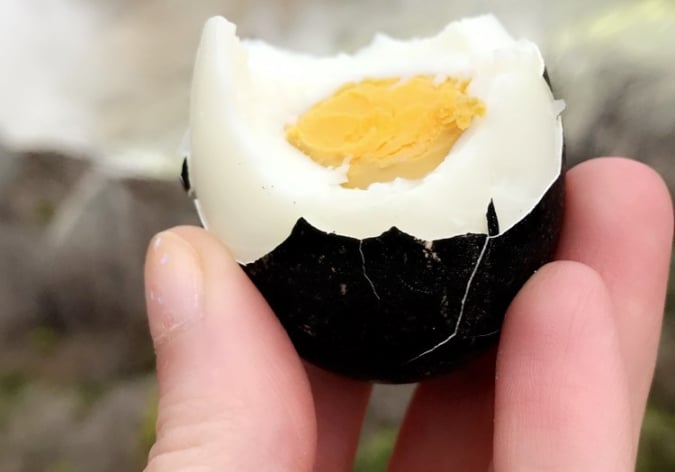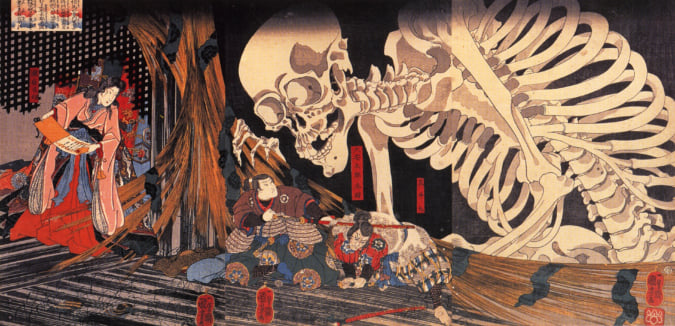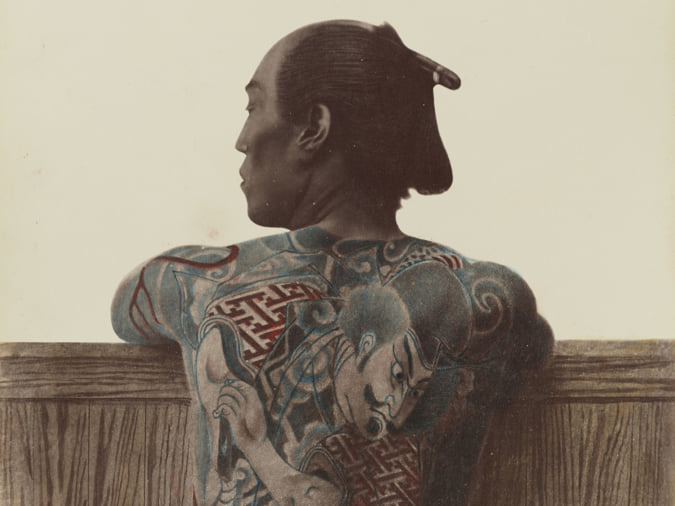Dining Out, an Exclusive Culinary Experience
The city of Wajima hosted the 17th edition of Dining Out in October 2019. The dinner was cooked by chefs Masahito Ueki and Joshua Skenes.
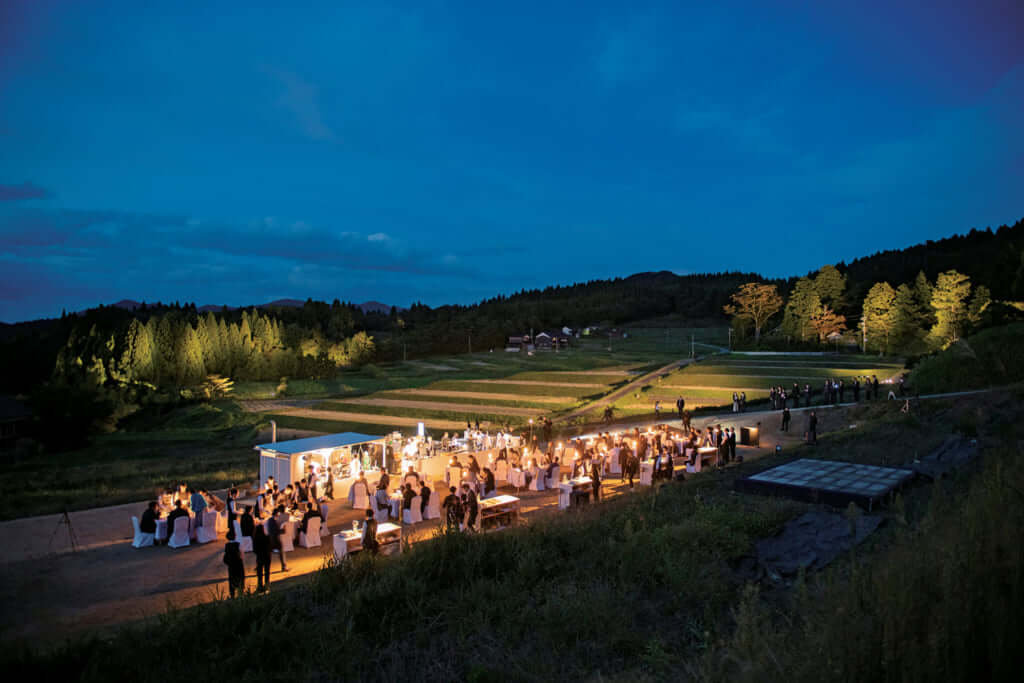
A kitchen was set up on the first rice field of a beautiful, sloping terraced rice paddy. In the second rice field, a lamp-lit table waits for guests to take a seat.
In Wajima City, Ishikawa prefecture, north of Noto peninsula, the 17th edition of Dining Out took place on 6 October 2019. Launched by One Story, Dining Out seeks to surprise guests by creating premium pop-up outdoor restaurants in just a few days, in locations that are off the beaten track in Japan.
For this edition, the theme of which was ‘Exploring the riches and unravelling the origin of the spirit of Japanese laquerware’ (Wajima is known for this craft) Dining Out brought together two chefs: Masahito Ueki, at the helm of four restaurants in Japan including Azur et Masa Ueki, where he prepares Japanese ingredients using French culinary techniques, and Joshua Skenes, the first American chef to be awarded three Michelin stars and head of Saison, a restaurant in San Francisco that specialises in woodfire cooking.
The two chefs served 11 courses paired with wines from Napa, California, and ‘Shiragiku’ sake from the Hakuto Sake brewery, founded during the Edo period. All of this was done to the sound of traditional gojinjo-daiko drums from Nafune-cho, a district of Wajima.
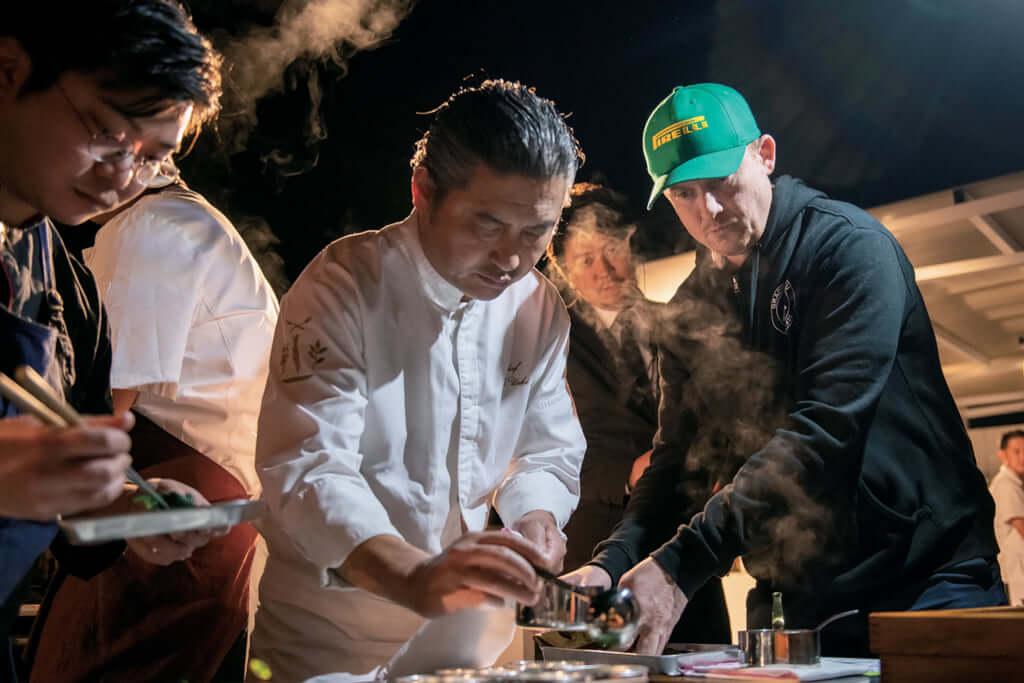
On the right is chef Joshua, and on the left is chef Ueki, the first double-chef team for Dining Out. The two chefs put the dishes together skilfully.


Right: The sound of the taiko drums reverberates from the demonstration of the traditional performing arts of Nafune Town, Wajima City.
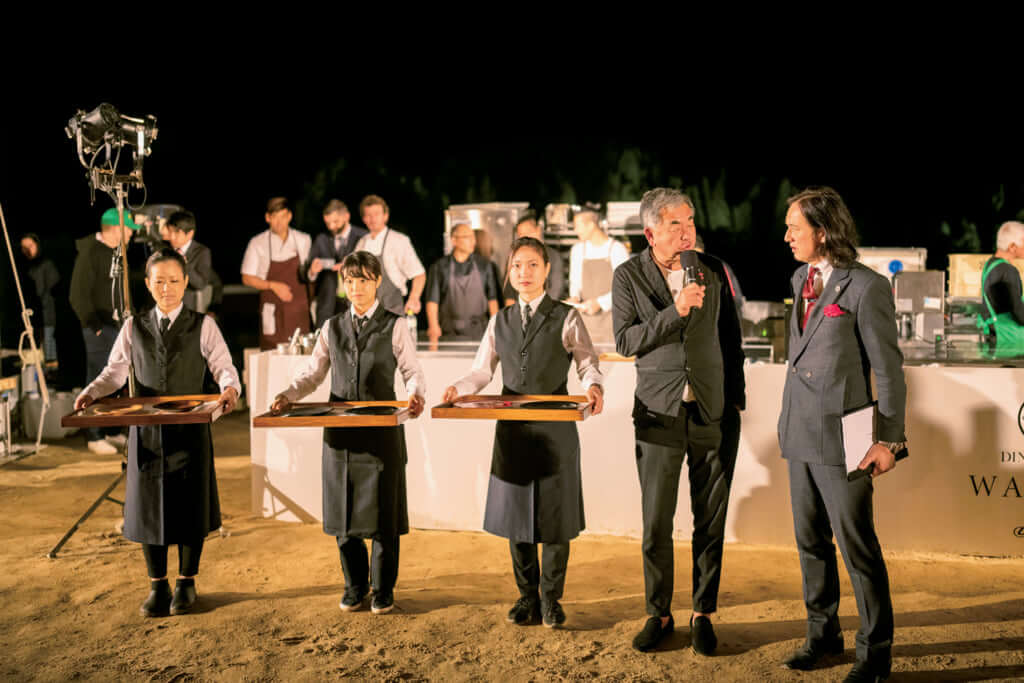
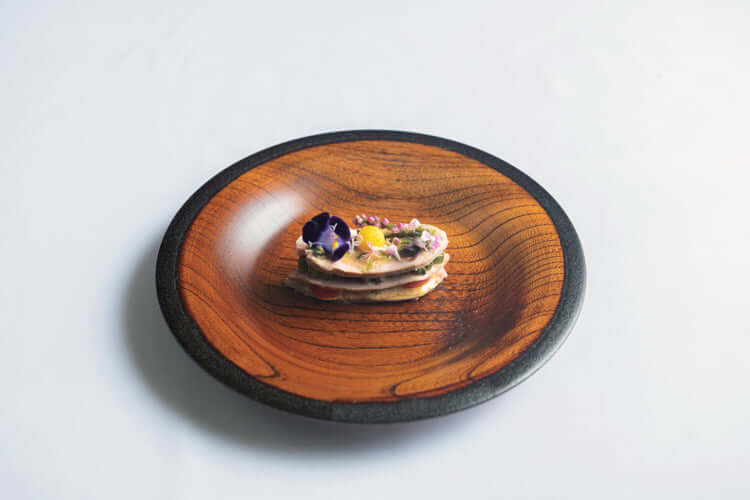
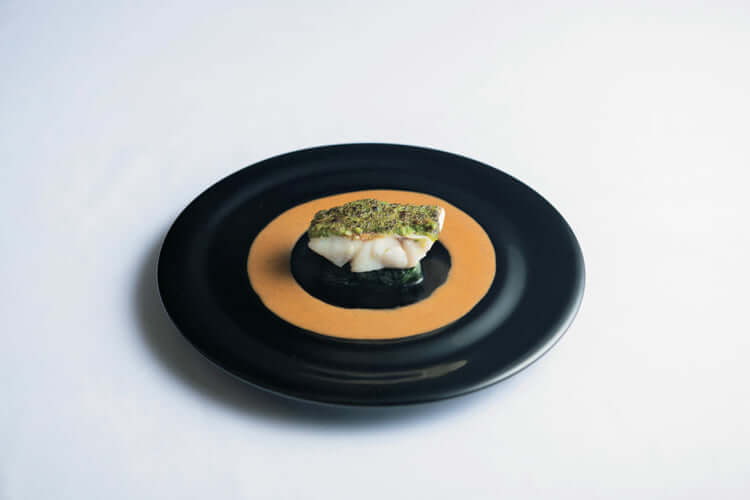
Left: An appetiser by chef Ueki. Carpaccio of veal, raised by natural grazing, stacked alternately with flowers and wild grasses. Each layer is received with a feeling of gratitude. Served in a cloth-edged lacquerware dish. / Right: Fish dish by chef Joshua. “Charcoal-grilled Abalone,” made from woodfired Wajima black abalone dressed with squid ink. The scattered scent of yuzu spreads faintly in the mouth. The dish, painted with lacquer mixed with diatomaceous earth, creates a chic impression.
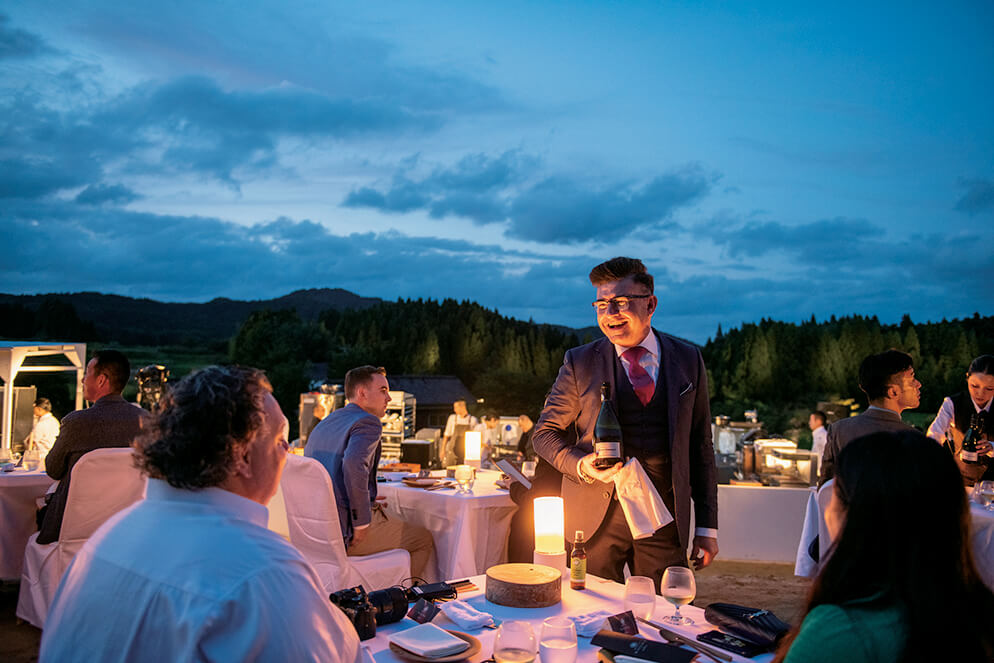
TRENDING
-
The Tradition of the Black Eggs of Mount Hakone
In the volcanic valley of Owakudani, curious looking black eggs with beneficial properties are cooked in the sulphurous waters.

-
Gashadokuro, the Legend of the Starving Skeleton
This mythical creature, with a thirst for blood and revenge, has been a fearsome presence in Japanese popular culture for centuries.

-
The Tattoos that Marked the Criminals of the Edo Period
Traditional tattoos were strong signifiers; murderers had head tattoos, while theft might result in an arm tattoo.

-
Colour Photos of Yakuza Tattoos from the Meiji Period
19th-century photographs have captured the usually hidden tattoos that covered the bodies of the members of Japanese organised crime gangs.

-
‘YUGEN’ at Art Fair Tokyo: Illumination through Obscurity
In this exhibition curated by Tara Londi, eight international artists gave their rendition of the fundamental Japanese aesthetic concept.

